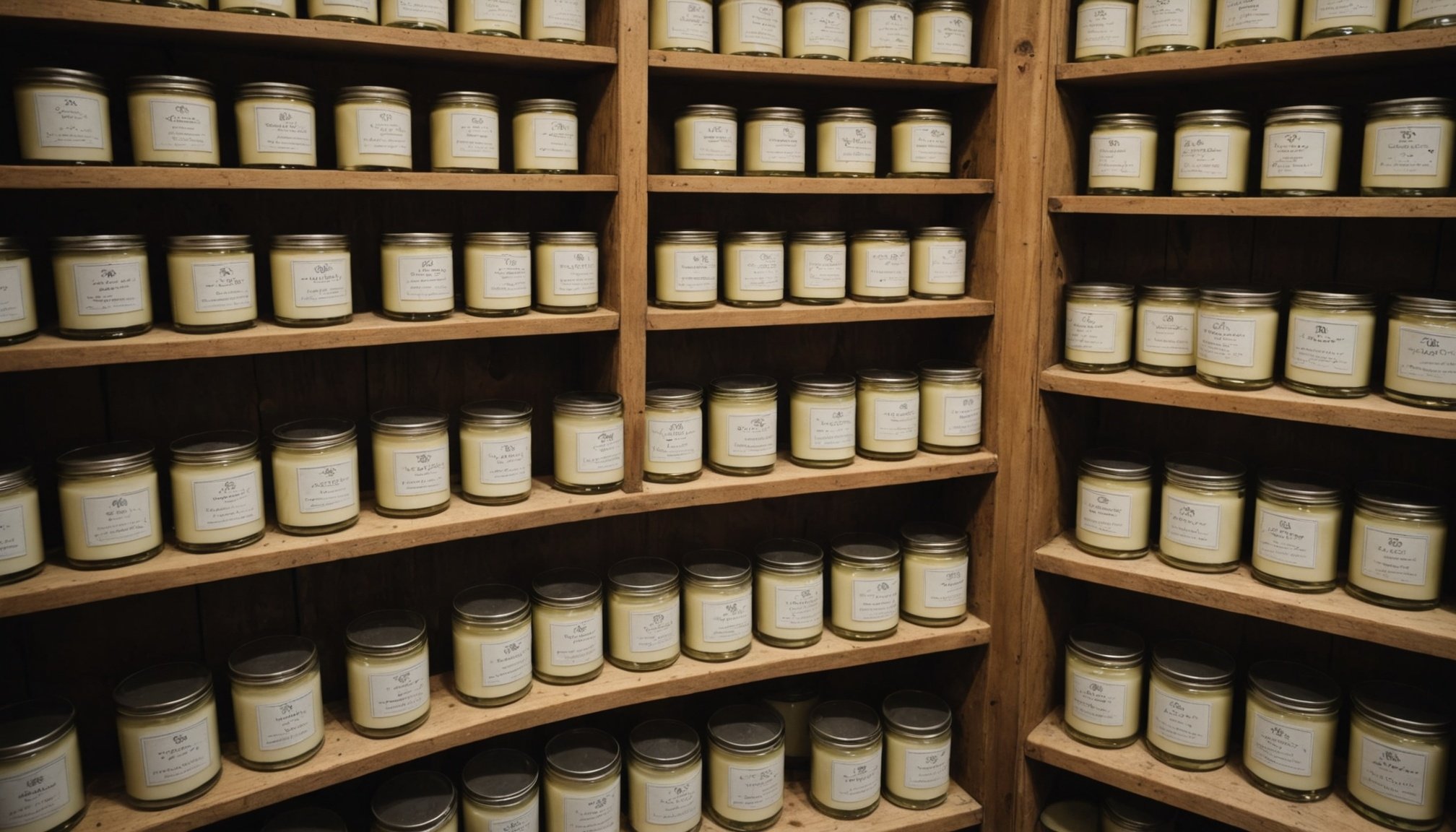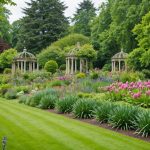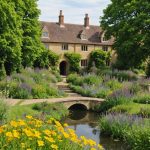Unique Workshop Locations for Candle Making
For those eager to explore traditional British candle making, some hidden gem locations offer enriching workshops. These workshops blend history with creativity, with many venues tucked away in charming British locales, bringing participants closer to both nature and culture. Imagine crafting your very own candles in a rustic barn in the countryside or a historic townhouse filled with the echoes of candle-making past.
These artisan experiences are more than just workshops; they are an immersion into local culture. Participants not only learn the intricacies of candle craft but also get a taste of the community spirit. Workshops often highlight the history of candle making in the UK, encouraging attendees to appreciate its cultural significance and transformation from a mere utility into an art form.
Also to discover : Unveiling the best uk locations to experience genuine british folk dance traditions
Moreover, local communities are actively involved, often supporting these workshops by providing locally sourced materials or showcasing traditional techniques passed down through generations. This level of community involvement ensures that each workshop is unique and ingrained in regional traditions.
Whether you’re a tourist or a local, seeking out a candle-making workshop not only bolsters your crafting skills but also supports community artisans, helping to preserve and celebrate these time-honored traditions.
Also read : Discover the best uk destinations for in-depth guided tours of britain”s fascinating maritime law heritage
Profiles of Local Artisans
The vibrant world of candle artisans in the UK is replete with individuals whose work encapsulates the essence of traditional techniques. Each has a story as unique as the candles they create. And it’s these stories that breathe life into the craft, offering a glimpse of dedication and artistic prowess.
One notable artisan, Sarah Sutton, delves into the art of beeswax candle-making with the same zeal her ancestors did centuries ago. She sources wax locally, focusing on sustainability and the preservation of time-honored methods. Her candles reverberate with the warmth and richness of history, while the delicate scents capture the quintessence of the British countryside.
Similarly, John Davies, another esteemed craftspeople, has made strides in the revival of tallow candle making. His commitment to using traditional materials like sheep tallow blends an old-world charm with modern-day relevance. John openly shares the inspiring tale of how his great-grandmother’s teachings fuelled his passion, instilling an appreciation for community-centric practices.
These artisans not only perpetuate the cultural legacy of candle making but also contribute significantly to local economies. Their work speaks volumes about the enduring bond between artistry and heritage, offering participants in workshops a deeper understanding and appreciation of this enduring craft.
Historical Context of Candle Making in the UK
The history of candle making in the UK weaves a vibrant tapestry, intertwining practicality with cultural development. Initially, candles were crafted primarily from tallow, marking a utilitarian beginning essential for lighting homes and churches. Gradually, the artform evolved, influenced by changes in economic conditions and technological advancements. Today, candle-making practices celebrate their evolution from mere necessity to dynamic, creative traditional crafts.
In medieval times, candle making was integral to community life, often linked with religious and societal gatherings, including festivals and celebrations. As the centuries progressed, the process saw the introduction of innovative cultural significance, notably when beeswax replaced animal fat, making way for the higher quality candles preferred by the wealthy.
Over time, the craft became more accessible, providing the common populace with improved candle products. This transformation cultivated deeper cultural roots within British society. Today, traditional crafts in candle making continue to thrive, respecting techniques honed over generations.
The legacy of this craft profoundly influences local celebrations like Candlemas, where candle light still symbolises hope and renewal. Such events underscore the enduring bond between this ancient craft and British cultural identity, highlighting its perpetual cultural significance.
Techniques and Crafting Styles
Discovering the world of candle making techniques reveals much about both tradition and innovation. Traditional British candle making embraces methods such as dipping and hand-pouring, fostering a connection to historic practices. These traditional techniques use materials like beeswax and tallow, reminiscent of a simpler time.
Crafting styles in candle creation vary significantly between artisans. Some insist on age-old practices, preserving the authenticity of the craft. Others blend modern influences, introducing vibrant colours and intricate designs. This fusion underscores the versatility of modern-day candle making.
The materials employed are equally diverse. Beeswax remains a powerful symbol in traditional British candle making, valued for its purity and natural scents. In contrast, modern techniques might incorporate paraffin or soy wax, catering to evolving consumer preferences.
Comparing modern and traditional crafting styles showcases a balance between innovation and heritage. While traditional methods focus on manual techniques for a unique touch, modern practices leverage technology for efficiency and creativity. This evolution in crafting styles ensures that, whether guided by history or modern-day innovation, candle making remains an engaging artisan craft for both creators and enthusiasts.
Understanding these dynamics promises a richer, more rewarding journey into the heart of this indisputable art form.
Tips for Visitors Interested in Candle Making
Engaging in candle-making workshops offers a unique peek into British artistry. For visitors eager to explore this craft, here are some practical visiting tips. First, research the location and workshop type that suits your interest; whether it’s a countryside retreat or a bustling city studio, each offers distinct candle making experiences.
Upon arrival, immerse yourself in the session. These artisan-led experiences allow participants to dive deep into the intricacies of the craft, from selecting the right materials to perfecting crafting techniques. Don’t hesitate to ask questions; understanding nuanced techniques can truly enrich the experience.
Supporting local artisans is key. Opt for workshops that highlight traditional British candle making, ensuring you’re contributing to the preservation of cultural heritage. Consider purchasing handmade products directly from the artisans. This not only serves as a memorable keepsake but also provides direct support to local craftspeople, sustaining their livelihoods and traditions.
Finally, enhance your visit by exploring local areas. Many workshops are nestled in picturesque locales, offering opportunities to enjoy the surrounding nature or history. Taking an extended route or visiting nearby attractions can enhance your learning adventure, making the entire trip both educational and enjoyable.











